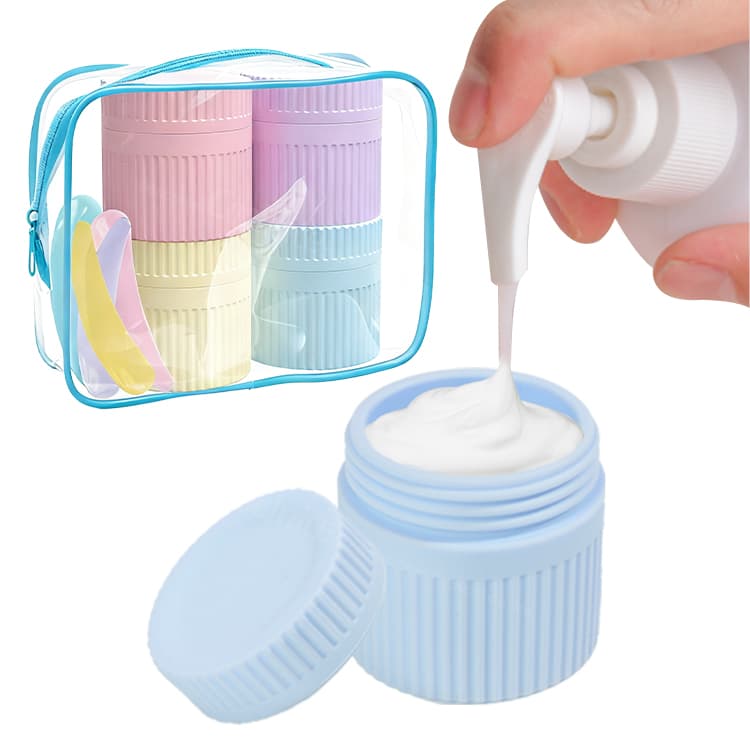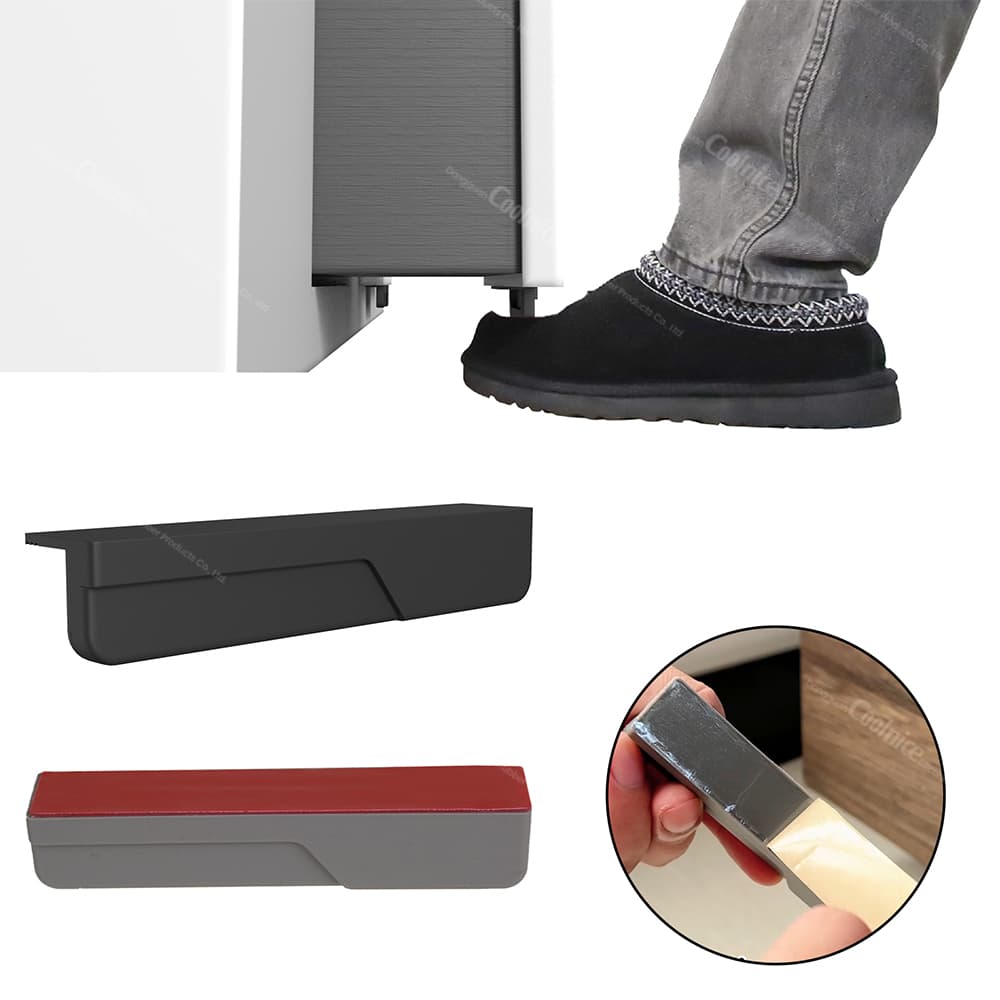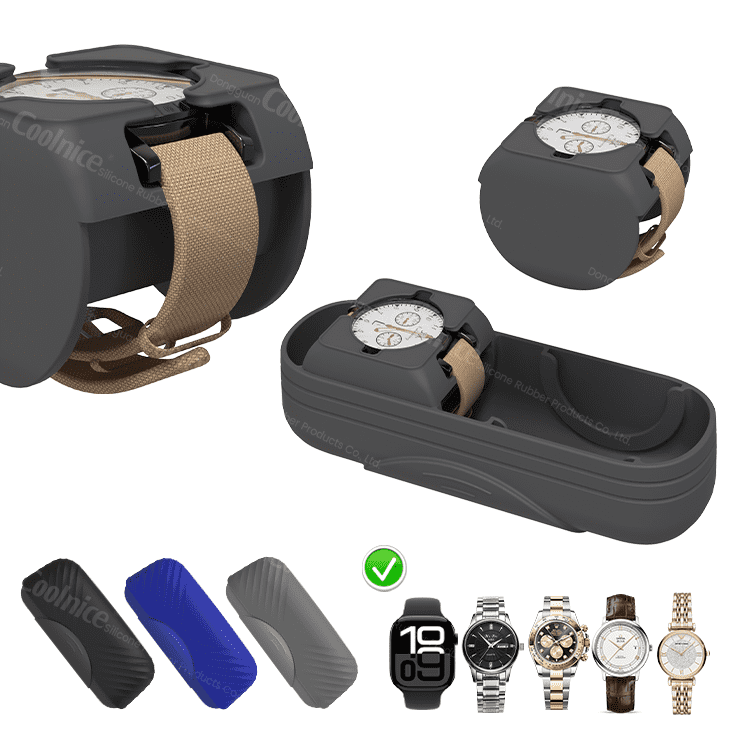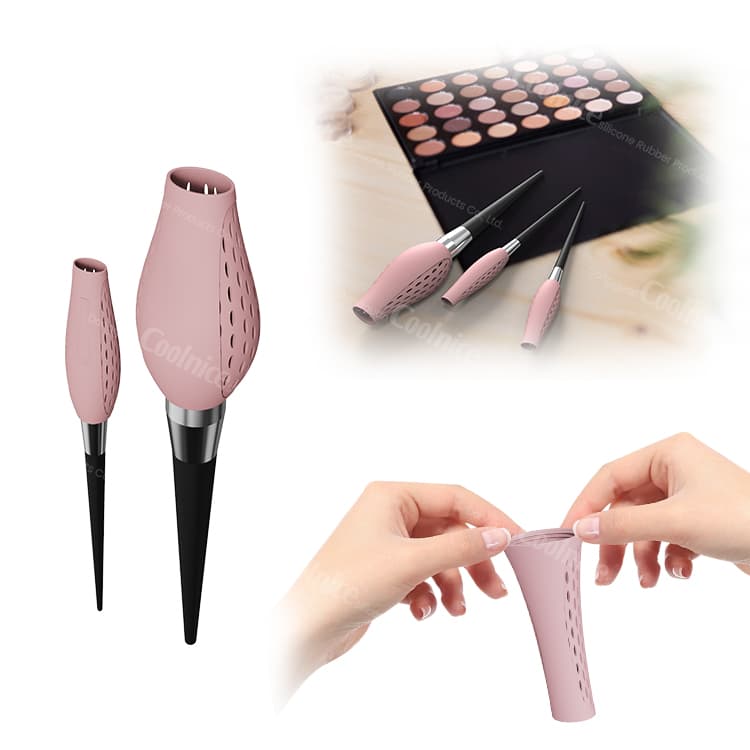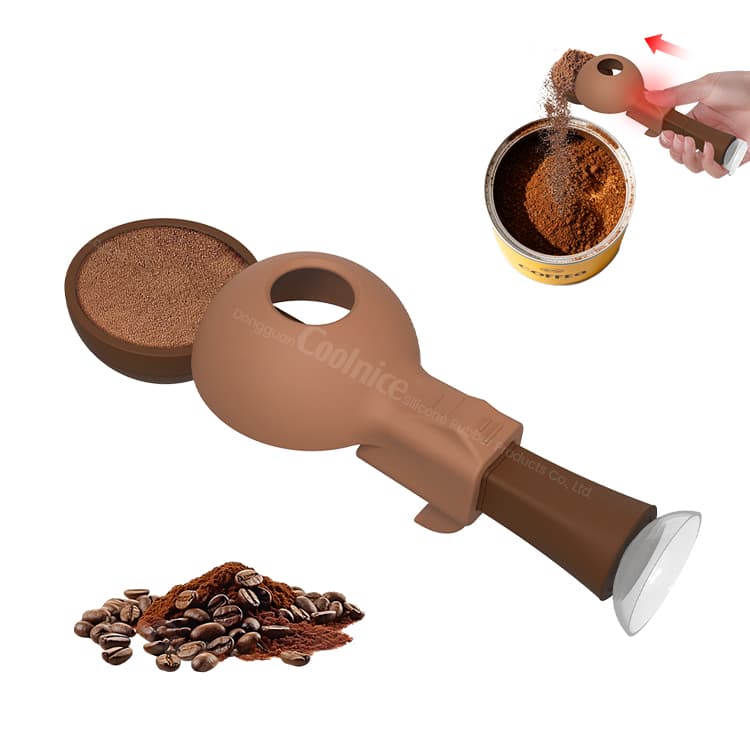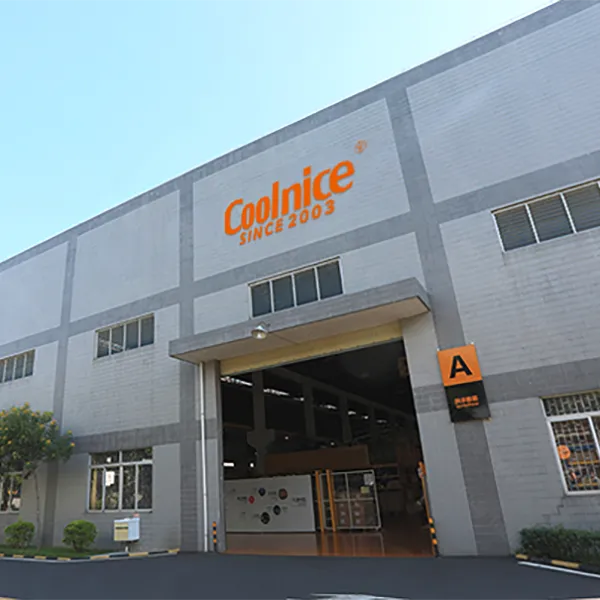PVC vs Silicone: A Practical, Research-Backed Guide for Engineering & Sourcing
If you design or buy consumer goods, you will face the same question again and again: pvc vs silicone. Both are flexible and colorful. Yet they behave very differently with heat, cold, bonding, and daily wear. This guide uses plain language so engineers, buyers, and brand owners can pick with confidence.
![]()
PVC vs Silicone: What They Are and Why It Matters
PVC (polyvinyl chloride) is a plastic. It starts as vinyl chloride monomer and becomes a rigid resin. Add plasticizer and it turns flexible “vinyl.” Because of that, many teams frame the debate as silicone vs vinyl, which is the same as pvc vs silicone.
Silicone is a rubber-like elastomer. Its backbone is a silicon–oxygen chain, not a carbon chain. Two common forms show up in factories: HTV/solid silicone for compression or transfer molding, and LSR (liquid silicone rubber) for injection and over-molding. This backbone explains most gaps you see when comparing pvc vs silicone in the real world.
Quick clarifications
Is PVC rubber? No. PVC is a thermoplastic that can feel rubbery when plasticized, but it is still plastic.
Is silicone the same as plastic? No. Silicone is an elastomer. It sits in the rubber family and stays stable across a wider temperature range. These basics shape every pvc vs silicone decision later.
![]()
PVC vs Silicone: Performance You Can Feel
Heat and cold
Silicone handles hot pans, steam, and many oven tasks within its rating (often 220–250 °C for short bursts). Flexible PVC softens well below 100–90 °C. In freezers or winter, silicone stays flexible down to −40 °C or lower, while flexible PVC often hardens. For extremes, pvc vs silicone is not close—silicone wins.
Feel and rebound
Silicone is springy and recovers fast after bending. It resists taking a “set.” Flexible PVC can crease, especially after long compression. If your part must flex again and again, the pvc vs silicone trade-off favors silicone.
Chemicals, UV, and aging
Silicone resists oils, ozone, and sunlight better than many plastics. PVC needs stabilizers and may yellow or crack outdoors if you choose the wrong grade. When the service life is long, pvc vs silicone often becomes a question of total cost, not only resin price.
Odor, taste, and cleaning
Silicone is inert and easy to clean. It does not rely on plasticizers, so it avoids many taste or odor issues. PVC can be fine for cool storage but may carry plasticizer smell in hot or fatty use. This is a frequent tipping point in pvc vs silicone for kitchen and baby goods.
Cost reality
PVC usually wins on initial price and cycle time. Silicone tools and cycles cost more, but you gain wider temperature margins and fewer failures. Over the product life, pvc vs silicone may still favor silicone when returns or safety matter.
PVC vs Silicone: Use Cases and Buying Decisions
Kitchen & baby (food contact and heat)
For spatulas, bake mats, nipples, and seals, teams ask again: pvc vs silicone? Food-grade or medical-grade silicone resists boiling and dishwasher cycles. PVC should not be used near high heat. If you only need a soft rim on a cool container, PVC is fine; around stoves or sterilizers, silicone is the better fit.
Medical, wearables & face seals
Medical-grade silicone is widely used for masks, catheters, and skin-contact parts because it is stable and clean. Medical PVC exists, but it requires careful control of plasticizers and strict compliance work. For long wear on skin or repeated heat cycles, the pvc vs silicone choice usually lands on silicone.
Wire & cable jackets: pvc vs silicone wire
Indoor appliances often use PVC wire for cost and easy stripping. pvc vs silicone wire shifts toward silicone for motors, freezers, and outdoor harnesses where cold-flex, heat, and UV matter. Silicone stays supple, damps vibration, and tolerates swings better. If the environment is mild and budget is tight, PVC wire is fine.
Hoses & tubing: pros and cons of silicone hose vs flexible pvc
Silicone hose—pros: wide temperature window, low odor, good rebound, food/medical grades.
Silicone hose—cons: higher cost; needs the right compound for fuels or oils.
Flexible PVC—pros: low price, strong with reinforcement, clear sight-flow options.
Flexible PVC—cons: can harden in cold, may carry plasticizer taste, limited heat.
For hot liquids, labs, or breathing lines, silicone wins. For room-temp transfer and garden water, flexible PVC is budget-smart. That is the practical answer to pros and cons of silicone hose vs flexible pvc and the core of pvc vs silicone in tubing.
Gaskets, keypads, and grips
Silicone gaskets keep a seal through heat and cold cycles. Keypads feel soft and spring back. PVC grips are cheaper for room-temp tools and toys. If your product faces weather, UV, or steam, the pvc vs silicone choice favors silicone.
Joining, Processing, and Cost
Does silicone stick to PVC?
Designers ask three versions of the same thing: does silicone stick to pvc, does silicone adhere to pvc, and will silicone stick to pvc? The honest answer is “not by itself.” These polymers are different and need help.
Adhesives and primers
Use primered RTV silicone or a hybrid modified polymer rated for both surfaces. Clean with isopropyl alcohol, abrade lightly, apply the primer, then the adhesive. Clamp and allow full cure. For durable builds, design a bond line that tolerates peel forces. If bonding is a must, the pvc vs silicone plan should include lab tests, not guesses.
Over-molding and mechanical locks
For LSR over-molding on PVC, use a tie-layer resin or design ribs, holes, and undercuts that trap the silicone. Measure peel strength after aging. Many teams pick mechanical interlocks so the part works even if chemistry varies. This approach makes pvc vs silicone assemblies robust in production.
Processing lines and tooling
PVC runs on standard plastic lines: extrusion for hoses and wire jackets, injection for parts, calendering for sheets, and blow for films. Cycle times are fast and tooling costs are modest. Silicone uses compression or transfer molding for solid parts, and LSR injection for thin walls, clean rooms, or two-shot builds. Extrusion creates tubes and gaskets. Tooling costs more, but you gain shape stability and low warp. Factor this into any pvc vs silicone cost model.
Safety, Rules, and a 60-Second Decision
Compliance and labeling
For kitchen or baby goods, use food-grade or medical-grade silicone and print the max temperature on the label. For PVC, confirm phthalate-free options and check ROHS/REACH and local rules. Outdoor use needs UV-stable grades. Clear labels reduce support tickets and make the pvc vs silicone choice visible to users.
Durability and sustainability
Silicone is not curbside-recyclable in most cities, so the benefit comes from long service life and repeated use. PVC may enter existing recycling streams in some regions, but sorting is uneven. The green win is not the logo on the box; it is the years of use. When you compare pvc vs silicone, count replacements avoided, not just resin price.
Decision matrix
Heat, steam, or freezer cycles? Choose silicone.
Rigid box or low-cost trim at room temp? Choose PVC.
Skin contact for many hours? Silicone, medical grade when needed.
Indoor wire on a budget? PVC wire.
Outdoor or cold-room harness? Silicone wire.
Soft hose for hot liquids? Silicone, grade-matched.
Fuel or strong solvent lines? Ask for special compounds and test both.
FAQs About PVC vs Silicone
Is silicone better than PVC?
Not always. For high heat, skin contact, and long life, silicone is better. For low-heat, high-volume parts, PVC can be the smart choice. This is why teams keep revisiting pvc vs silicone during design reviews.
Is PVC rubber?
No. It is plastic that can be softened with plasticizer. That is why pvc vs rubber shows very different aging and heat behavior compared with silicone or true rubber.
Is silicone the same as plastic?
No. It is an elastomer with a silicon–oxygen backbone. This core fact drives the performance gaps you see in pvc vs silicone.
How do I reduce odor or taste in hoses?
Use silicone for hot liquids or high-purity flow. If you use flexible PVC, pick phthalate-free grades and flush before service. This simple step settles many debates about pros and cons of silicone hose vs flexible pvc.
Can I recycle these materials?
PVC may have local recycling routes, though sorting and additives can limit options. Silicone is rarely recycled curbside, so its value comes from long service life. Choose the one that lasts longer in your use case; that is the smart way to read pvc vs silicone in sustainability.
Conclusion: A Simple Rule That Works
Use this rule of thumb whenever pvc vs silicone comes up: for heat, skin, and long life, pick silicone; for rigid or budget parts at room temperature, pick PVC. Plan bonding with primers or mechanical locks. If wires see cold or high heat, silicone jackets win; if not, PVC wire saves cost. For hoses, match the fluid and temperature, then test before launch. With these steps, pvc vs silicone becomes a safe, cost-smart choice for your team and your users.



